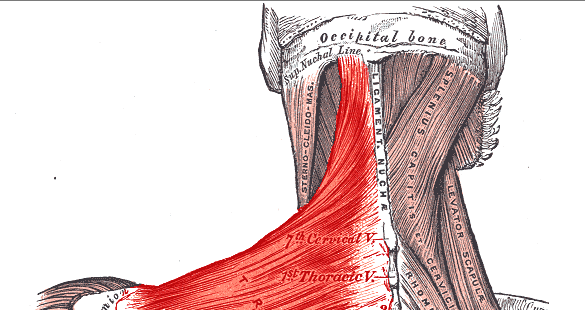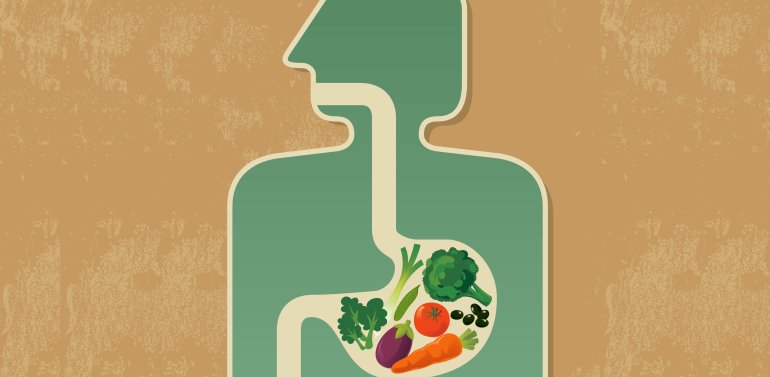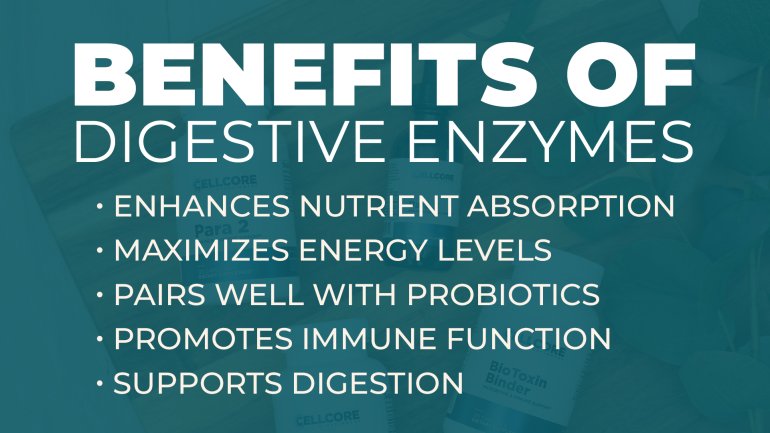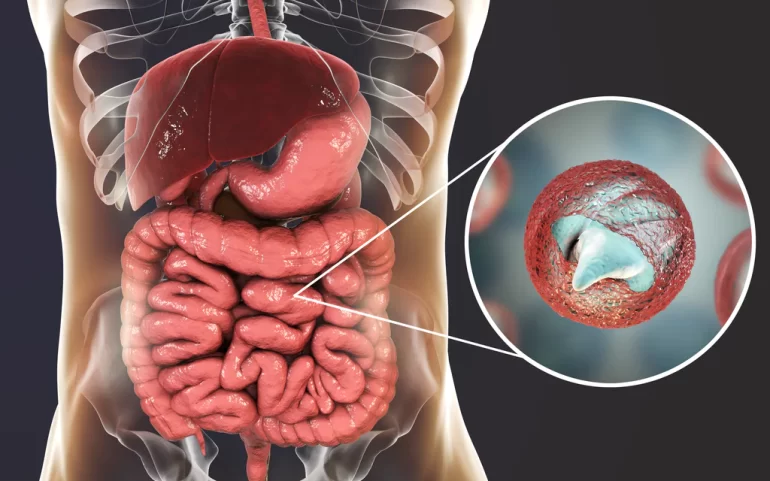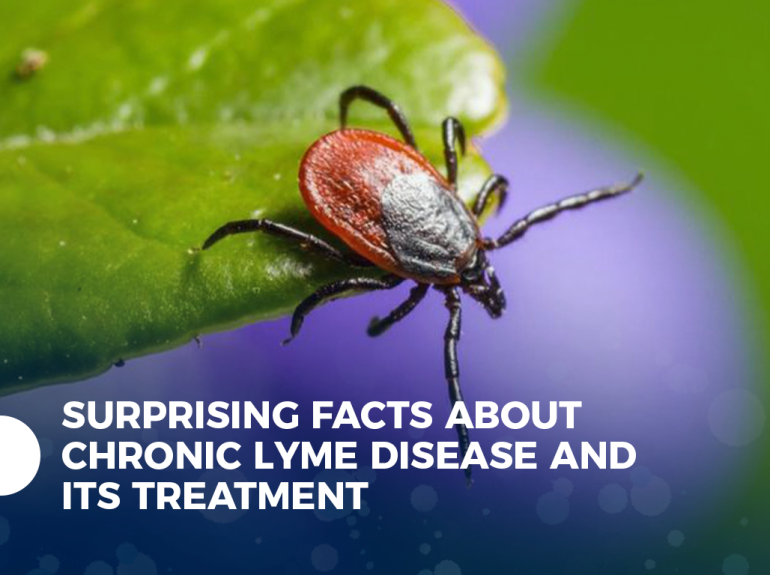Symptoms of Drinking Water with Parasites
Drinking water contaminated with parasites can wreak havoc on your health. Common symptoms include:
- Gastrointestinal Problems: Diarrhea, abdominal cramps, bloating, nausea, and vomiting.
- Additional Symptoms: Fever, fatigue, and dehydration in severe cases.
The severity of these symptoms can depend on various factors, such as the type of parasite, the individual's immune system, and the quantity of contaminated water consumed. For example, Cryptosporidium infections can cause prolonged diarrhea, especially in those with weakened immune systems. Giardia, another common parasite, is notorious for causing persistent stomach issues and weight loss.
How Do Parasites Get Into Tap Water?
Parasites can enter tap water through multiple pathways:
- Contamination of Water Sources: Rivers, lakes, and reservoirs can be contaminated by human or animal feces.
- Agricultural Runoff and Untreated Sewage: These can carry parasite-laden waste into water sources.
- Aging Water Infrastructure: Cracked pipes and inadequate water treatment processes can allow parasites to infiltrate the water supply.
- Natural Disasters: Events like floods can overwhelm water treatment systems, increasing the risk of contamination.
Can Bottled Water Have Parasites?
Bottled water is often marketed as a safer alternative to tap water, but it's not foolproof:
- Regulation: In the U.S., bottled water is regulated by the Food and Drug Administration (FDA) to meet specific safety standards.
- Contamination Risks: If the source water used for bottling is not adequately treated or if there are lapses in manufacturing processes, parasites can still be present.
Do Pitcher Filters Remove All Parasites?
Pitcher filters, while convenient for improving water taste and removing some impurities, may not eliminate all parasites:
- Activated Carbon Filters: These typically reduce chlorine and certain chemicals but may not remove microscopic organisms like Cryptosporidium or Giardia.
- Advanced Filters: Some are certified to remove specific contaminants, so it's important to check product certifications and specifications for effective parasite removal.
Does Reverse Osmosis Remove All Parasites?
Reverse osmosis (RO) is highly effective at removing parasites from drinking water:
- RO Membrane: Filters out contaminants, including bacteria, viruses, and parasites like Cryptosporidium and Giardia, which are too large to pass through.
- Maintenance: Proper maintenance, including regular cleaning and filter replacement, is crucial for optimal performance.
Does Boiling Water Kill and Remove All Parasites?
Boiling water is a simple yet effective method to kill most parasites:
- Boiling Process: Bringing water to a rolling boil for at least one minute (or three minutes at higher altitudes) can destroy parasites.
- Post-Boiling Filtration: While boiling kills parasites, it does not remove them from the water. Filtering boiled water can help remove residual debris.
Does Distillation Remove All Parasites?
Water distillation is one of the most thorough methods for purifying water:
- Distillation Process: Heats water to create steam, which then condenses back into liquid form, leaving contaminants behind. Parasites, along with bacteria and viruses, are unable to survive the high temperatures required for steam production.
Real News Examples of Parasites in Water in the U.S.A.
Several instances of parasite contamination in drinking water highlight the potential risks:
- Portland, Oregon (2025): A Portland area Cryptosporidium problem has a $2 Billion dollar water filtration project in the works.
- Milwaukee, Wisconsin (1993): A Cryptosporidium outbreak affected over 400,000 people due to contamination in the city’s water treatment system.
- Clark County, Nevada (2015): Giardia was detected in a public water system, leading to a boil water advisory.
Protect Your Health
Parasites in drinking water pose significant health risks, from mild discomfort to severe gastrointestinal illness. Contamination can occur through various pathways, including inadequate treatment, aging infrastructure, and natural disasters. While bottled water and pitcher filters offer some level of protection, they may not eliminate all parasites. Advanced methods, such as distillation and reverse osmosis, are more effective at ensuring safe drinking water.
By understanding the risks and taking proactive measures, you can protect yourself and your loved ones from the silent threat lurking in your tap water. Don't wait for a health crisis to take action—ensure your water is safe today.

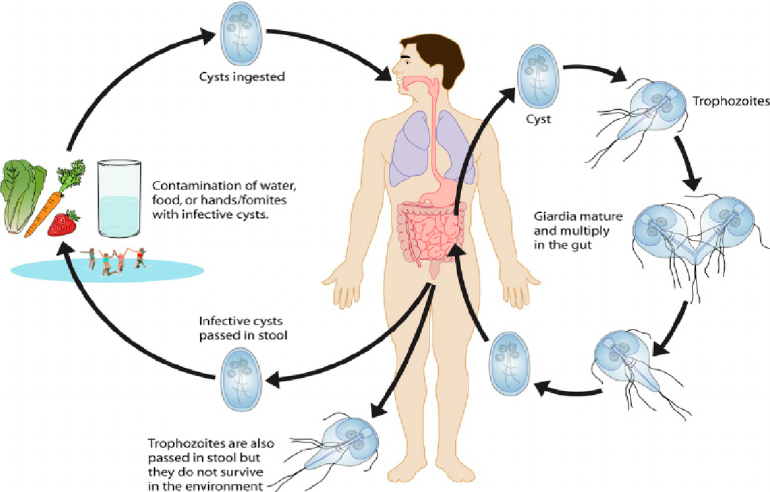 When you turn on your tap, the last thing you expect is a
health hazard. However, the water that flows so easily into your glass can
sometimes carry an invisible menace: parasites. This blog post explores the
dangers of waterborne parasites, the ways they infiltrate our water supply, and
the measures you can take to protect yourself.
When you turn on your tap, the last thing you expect is a
health hazard. However, the water that flows so easily into your glass can
sometimes carry an invisible menace: parasites. This blog post explores the
dangers of waterborne parasites, the ways they infiltrate our water supply, and
the measures you can take to protect yourself. Water is essential for life; our body is mostly water. Every physiological process in the body relies on water to occur. People depend of water for their health and safety. However, contaminated water leads to millions of deaths each year and 100x more illnesses.
Water is essential for life; our body is mostly water. Every physiological process in the body relies on water to occur. People depend of water for their health and safety. However, contaminated water leads to millions of deaths each year and 100x more illnesses.


